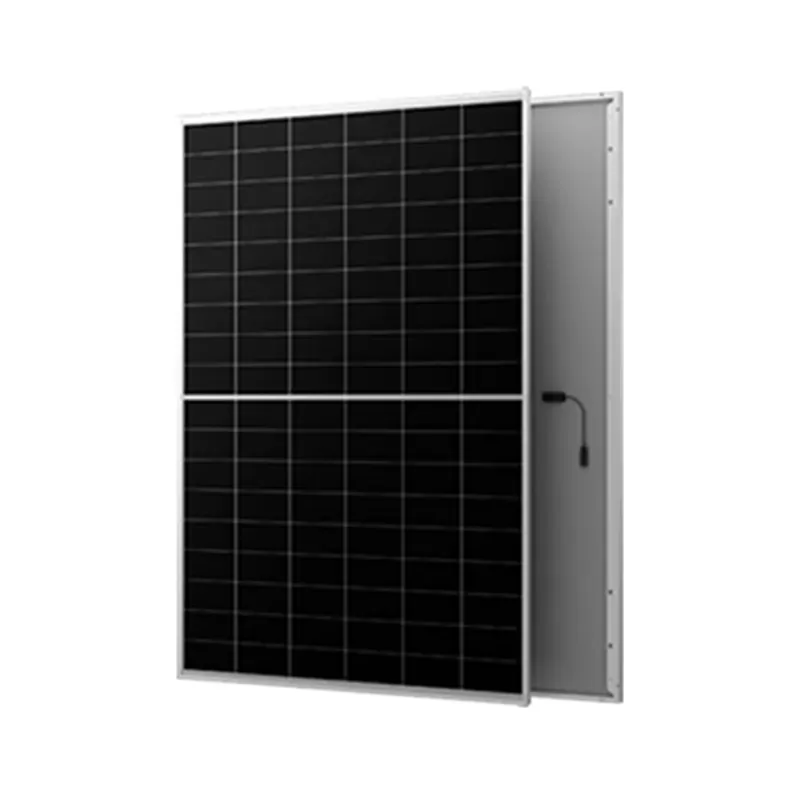solar inverter types
Understanding Solar Inverter Types A Guide for Homeowners and Businesses
As the world moves increasingly toward renewable energy, solar power has emerged as a highly efficient and sustainable alternative to traditional energy sources. A crucial component of any solar power system is the solar inverter. This device converts the direct current (DC) generated by solar panels into alternating current (AC), which is used by most household appliances and the electrical grid. Understanding the different types of solar inverters available can help homeowners and businesses choose the best option for their energy needs.
1. String Inverters
String inverters are one of the most common types of solar inverters used in residential and commercial solar power systems. In this setup, multiple solar panels are connected in series (or strings) to a single inverter. String inverters are generally cost-effective and easy to install. They work best when all panels receive roughly the same amount of sunlight, allowing the inverter to optimize solar energy conversion efficiently.
However, string inverters can have limitations. If one panel in a string is shaded or underperformed, it can significantly reduce the entire string's energy output—a phenomenon known as the shading effect. This limitation makes string inverters less ideal for installations situated in partially shaded areas or those with varying angles of sunlight.
Microinverters are a popular alternative to string inverters, especially for residential solar systems. Instead of one inverter connected to multiple panels, microinverters are installed on each individual panel. This allows each panel to operate independently, maximizing energy production regardless of shading or performance issues with other panels in the array.
The primary advantage of microinverters is their ability to optimize output at the panel level. This means that if one panel is shaded or dirty, it won't affect the performance of the others. Furthermore, microinverters typically allow for better monitoring of each panel's performance, enabling homeowners to quickly identify potential issues. However, they can be more expensive to install than string inverters due to the higher number of units required.
solar inverter types

3. Power Optimizers
Power optimizers are a hybrid solution that shares features of both string inverters and microinverters. In this system, each solar panel is paired with a power optimizer, which functions to maximize the performance of individual panels. Unlike microinverters, power optimizers still connect to a central string inverter, but they enhance the energy output of each panel before sending the combined power to the inverter.
Power optimizers can mitigate some of the shading effects seen with string inverters and can allow for more flexible system layouts. Additionally, similar to microinverters, they provide panel-level monitoring, offering insights into the performance of individual panels. While they can be more costly than traditional string inverters, the increased efficiency and reduced likelihood of significant production losses may justify the investment.
4. Hybrid Inverters
Hybrid inverters represent a more sophisticated solution for solar energy systems that wish to incorporate battery storage. These inverters can manage inputs from both the solar array and the battery, allowing for energy to be used in real-time, stored for later use, or fed back into the grid. Hybrid inverters are ideal for those looking to enhance their energy independence, especially in areas with unreliable power supply.
In addition to controlling energy flow, hybrid inverters often come equipped with advanced monitoring systems, enabling users to track their energy usage and generation effectively. While they typically have a higher upfront cost, the benefits of battery storage, increased energy efficiency, and grid reliability can offset the initial investment over time.
Conclusion
Choosing the right solar inverter is essential for maximizing the efficiency of your solar power system. Homeowners and businesses should consider various factors, including budget, installation space, potential shading, and energy storage needs. String inverters, microinverters, power optimizers, and hybrid inverters each offer unique advantages that cater to different energy requirements. By understanding the characteristics of these inverter types, you can make an informed decision that aligns with your energy goals and ensures a sustainable future.
-
String Solar Inverter: The High-Efficiency Solution for Smart Solar EnergyNewsJul.14,2025
-
Revolutionizing Rooftop Energy with the Power of the Micro Solar InverterNewsJul.14,2025
-
Power Independence with Smart Off Grid Solar Inverter SolutionsNewsJul.14,2025
-
On Grid Solar Inverter: Powering the Future with Smart Grid IntegrationNewsJul.14,2025
-
Monocrystalline Solar Panels: High-Efficiency Power for the Future of Clean EnergyNewsJul.14,2025
-
Bifacial Solar Panel: A Smarter Investment for Next-Generation Energy SystemsNewsJul.14,2025







